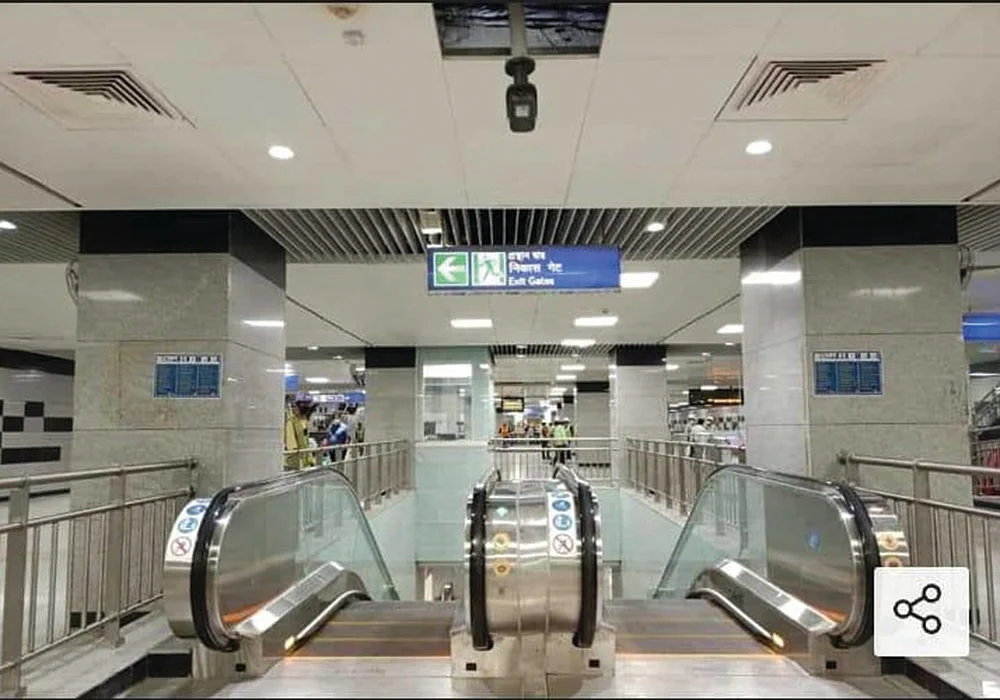Kolkata underwater Metro ready to run
The East-West corridor was cleared by UPA Govt in 2006-07. The project cost 12 yrs ago was Rs.4,874 Cr but by the time it gets operational by August 2022, the cost is likely to go up to Rs. 8,575 Cr

The East-West corridor of Kolkata Metro, work on which began in 2006-07, is likely to be completed by June, 2022, according to Union Urban Development Minister Hardeep Puri. A small part of the 16.6 Km stretch is already operational but the ambitious corridor that will connect Eastern Kolkata (Sector V in Salt Lake City) to Howrah Maidan and which will also run underwater below the Hooghly river, delayed because of the pandemic, is expected to become functional by August next year or earlier.
Howrah Maidan Metro Station will be India’s deepest metro at a depth of 30 meters underground. The sophisticated Tunnel Boring Machines (TBM) had to be imported from Switzerland by Shapoorji Pallonji, said sources.
As usual, social media of late has been full of congratulatory messages complimenting Prime Minister Modi! Public memory being short, few people remember that it was cleared when the UPA was in power at the Centre and the Left Front in the state.

While the metro trains will run on the surface, underground and also underwater, which will be a first in the country, another first is that trains will run deeper underground than anywhere else in the country. Trial runs for the driverless trains have been going on and the trains will automatically stop at stations besides automatically opening and shutting the doors.
The entire 16.6 Kilometre stretch from Sector V in Salt Lake to Howrah Maidan has been laid below around 500 houses, many of them old and some being heritage buildings. At Esplanade, the railway tracks will be 27m underground. The depth will rise to 17m by the time the trains reach Sealdah station.
There will be no station between Esplanade and Sealdah because of land constraints. A vent is being built at Subodh Mullick Square (Wellington Square) to pump fresh air into the tunnel through a shaft, which will also function as an emergency evacuation point.
“If there are no fresh hurdles, we hope to make the entire stretch operational by August next year,” says KMRC managing director Manas Sarkar. A 7 km-stretch of the corridor — between Sector V and Phoolbagan — has been operational since October last year. A 2.3 km-section between Phoolbagan and Sealdah will become operational by December, say officials.
The corridor is expected to cost Rs 8,575 crore. The railway ministry’s share is Rs 3,268.27 crore while housing and urban affairs ministry’s share is Rs1,148.31 crore. A loan of Rs 4,158.40 crore from Japan International Cooperation Agency had also been availed.
Follow us on: Facebook, Twitter, Google News, Instagram
Join our official telegram channel (@nationalherald) and stay updated with the latest headlines
